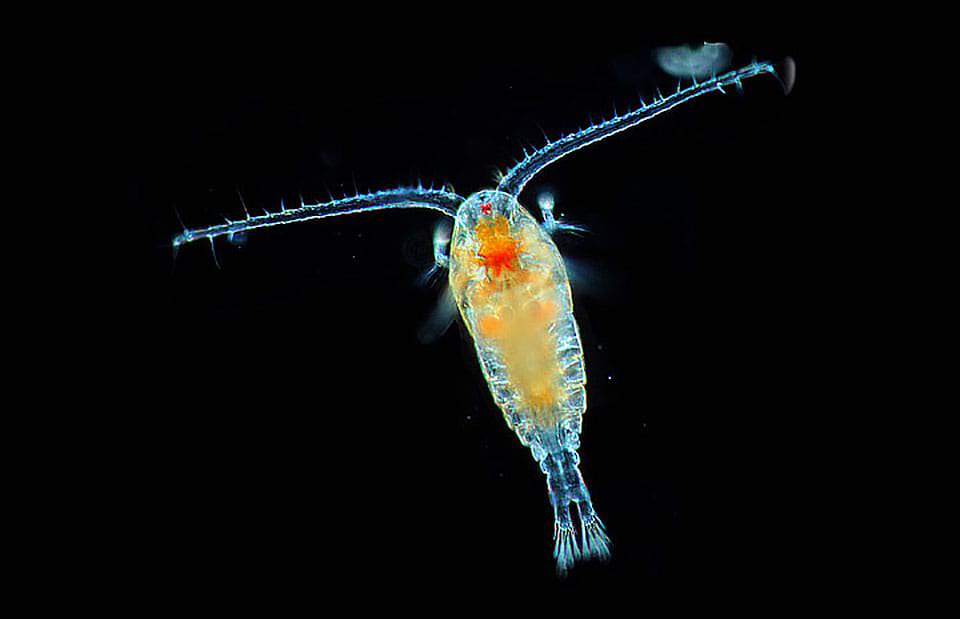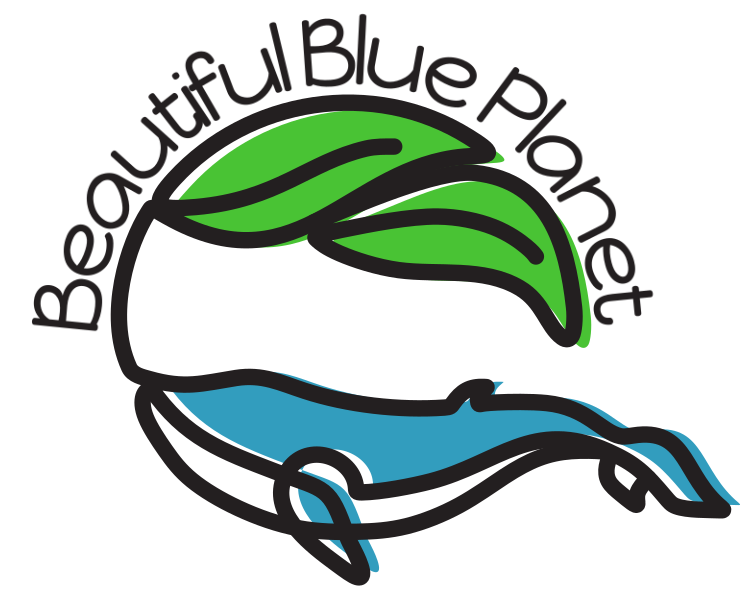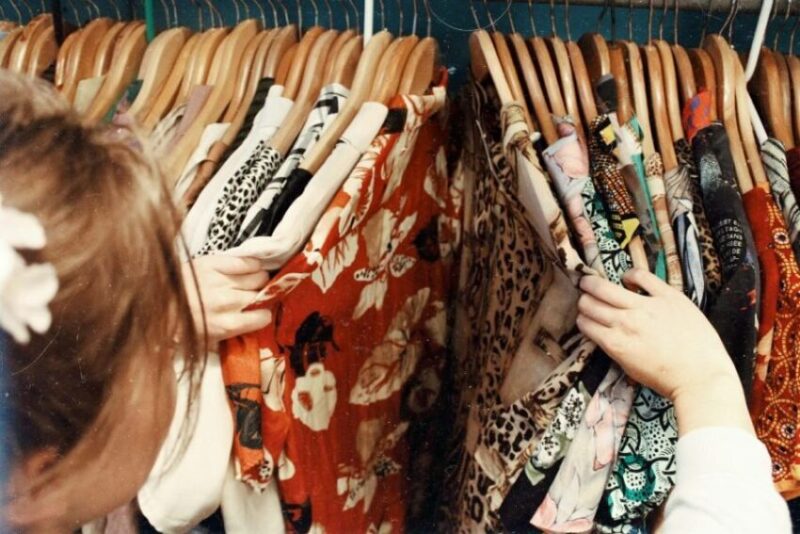You’ve read or heard about how microplastics and microfibers are everywhere—even in our food and water. And you’ve probably heard about how microfibers are coming from the clothes we wear and wash. And how that gets them into waterways and on to the ocean and into animals.
It’s a big problem. And it has significant consequences to all life.
Do you have a closet full of clothes you fear are adding to the problem? And you don’t know what to do about it?
Let me help you get better informed about microfibers and learn what things we all can do to help mitigate it and to stop it.
Because, this problem will impact our children’s future if we do nothing.
So, what are microfibers?
They’re man-made fibers made of plastic, thinner than a strand of silk and about one fifth the diameter of a human hair. When broken off the original, long, man-made fiber, they are less than 5 millimeters long.
They’re made of polyester, acrylic, nylon, lycra/spandex, polypropylene, and rayon (or vicose, tencel, modal). To be clear, some microfibers do include those made of natural materials, cotton, wool, silk, and linen. But currently, two-thirds of all human-produced fibers are synthetic, and rising rapidly.
The thin plastic fibers break into smaller pieces with even just mild abrasion, as when wearing clothing made of them. But mostly, they’re broken off and shed from trips through the washing machine. This is where they start their journey to do their worst damage.
An important thing to know and remember is that plastics don’t biodegrade. They just break apart into smaller and smaller pieces. And the smaller the pieces get the more easily they get into smaller and smaller animals. These smaller animals are at the bottom of the food chain. The rest of life depends on them.
Where do microfibers go?
Waste water from our homes and businesses goes to the local waste water treatment plant (unless you’re on a septic system—which has its own bad scenario). Filters at the treatment plant remove larger items from the water. Then settling tanks remove bio-solids to render the water safe enough to flow into the local waterways. Then on to a larger river, and eventually making its way on down to the ocean—no matter how far you live from that ocean.
But the tiny microfibers pass through the system.
So all of the clothing and fabrics you wash in your home shed tiny microfibers that travel to the ocean.
Some get caught in freshwater ecosystems along the journey, but most end up in the ocean.
Research has shown that each piece of clothing containing synthetic fibers—polyester, acrylic, nylon, and rayon—shed about 700,000 microfibers with each washing.
What do the microfibers do to the ocean?
They’ve been found in all parts of the ocean and at all depths of the water column. The ocean, with its large currents eventually mixes all its water. Any animals that consume the food in that water also take in the tiny microfibers. Anything that’s ever been that small in the ocean has just been part of their food. Until now.
In 2017 Dr. Richard Kirby, a plankton scientist from the UK discovered and photographed zooplankton (the animal type of plankton) actually ingesting a plastic microfiber.
See this video of a zooplankton, with all its intricate, tiny detail, ingesting a plastic microfiber.
Microfibers don’t digest in the plankton—it’s not food—and the fibers most likely don’t pass through the plankton, but remain in the gut. This reduces the plankton’s ability to consume more nutritious food. Food that’s needed for growth, mobility, and reproduction.
And the microfibers will be passed on up the food chain to the next animals that eat the zooplankton. And that reduces their ability to consume more nutritious food which affects their growth, mobility, and reproduction.
The larger animals feed even larger animals and many of those end up as food for humans.
It’s easy to see how this can lead to an ocean ecosystem disaster with fewer animals thriving in the sea.
Plankton is important!

Commons
An ocean ecosystem disaster will mean less oxygen in the air to breathe because the ocean’s phytoplankton and other plants generate up to 75% of our oxygen.
It will mean a quickly acidifying ocean because the carbon dioxide sink of the ocean is disrupted.
It will mean a heart-wrenching death of the sea creatures we know and love. The creatures we fish for, eat, watch, and whose beauty and wonder we show our children.
The plankton is an amazing world of life of striking beauty and, while often overlooked, these remarkable creatures affect every aspect of our lives; they matter to me and to everyone else on planet earth. The plankton begins the marine food chain, it is the food for fish, which in turn are eaten by other sea creatures such as seabirds, sharks, and seals, in their turn eaten by larger predators like killer-whales and polar bears. The plankton is also the food source of some of the largest mammals on Earth, the baleen whales. In this way the plankton food determines the amount of life in the sea.
Richard Kirby, Plankton Scientist
But let’s dive deeper
The well-known garbage patch gyres at the surface of the ocean account for only 1% of the plastic that’s entered the ocean. The other 99% percent has ended up in the deep ocean. These are the microplastics. And of these, 70-100% are microfibers.
The microplastics and microfibers slowly settle down to the sea floor and then are carried by strong sea floor currents to accumulate in certain areas to form huge piles (see sea-floor microplastics diagram). Unfortunately, the deep sea currents also carry freshly oxygenated water and nutrients to these same spots, spots that have been important ecosystem biodiversity hotspots.
In other words, these piles of fibers are dumping onto the places where healthy ocean ecosystems are regenerated.
Scientists found that these piles are comprised of both natural and synthetic fibers. At the time, around 2020, about 53% were synthetic. But the scientists recognized that this process has been going on for a long time. The microfiber journey is long and slow, so they know that the percentage of plastic microfibers will be getting much higher due to the recent surge in plastic microfiber production and consumption.
So the synthetics in the piles at the important ecological hotspots will get worse.
So what are we to do?
Do you see your closet full of synthetic fibers in a new light? Now that you know what they do to the beautiful ocean life on this beautiful blue planet, here’s a quick list of tips to be part of the solution:
- Buy less: consumption drives demand and production
- Wash less: we really don’t need to wash clothing as often as we do!
- Install a washing machine filter and a dryer filter: these are proven to remove a significant proportion of the microfibers coming from washing machines
- Wear garments till they can’t be worn anymore—they shed less as they age
- Switch to natural fibers…as much as you possibly, possibly can (they are beautiful and comfortable!)

replace synthetics with all natural fiber
clothing. Credit: Ulricke Mai via pixabay
Now, are you fully committed to halting all plastic microfibers from your wardrobe? (If so, yay!! You’re helping this beautiful blue planet!)
Remember that microfiber shedding is done even from just wearing the fabrics. So eliminating them altogether can only be done by not creating them in the first place.
If we reduce our microplastic shedding 100% now, they’ll still be in the ocean forever. So let’s leave the earth in the best shape we can and work to eliminate all the plastic microfibers going into our oceans and water, as much as we possibly can.
Related Reading:
Microplastics: The Most Insidious Plastic Problem
Main References:
Science Direct : Topics on Chemistry, microfibers
Science of Environmental and Chemistry
Science.org : this has a good diagram to see
Daily Mail : Good article contains video of plankton ingesting plastic
Twitter, Dr. Richard Kirby, the Plankton Pundit
New Scientist : Excellent video footage of plankton consuming plastic
Rochman Lab PDF : About keeping microfibers out of the waste water stream with washing machine filters

